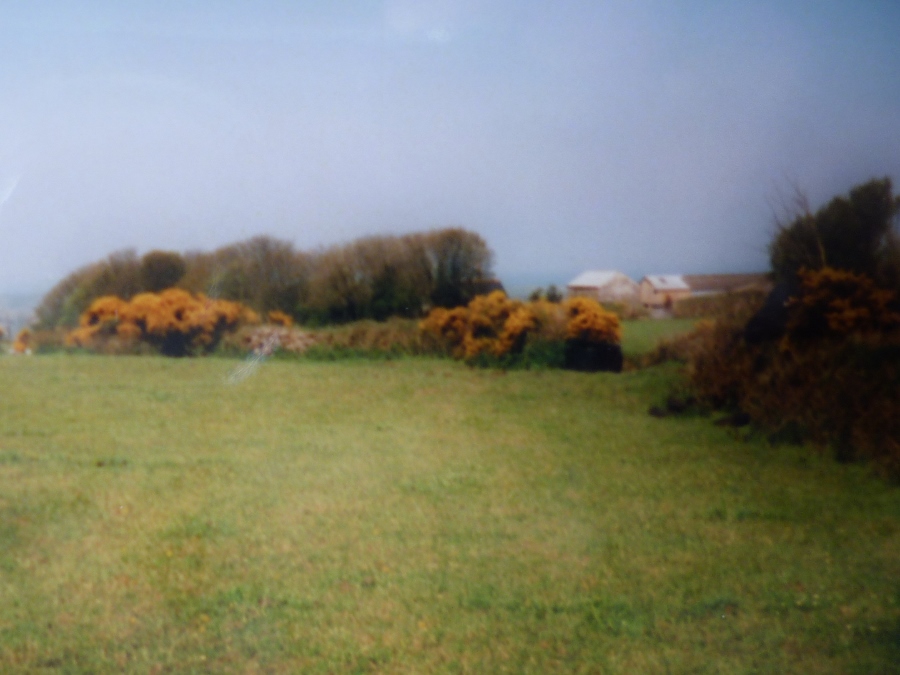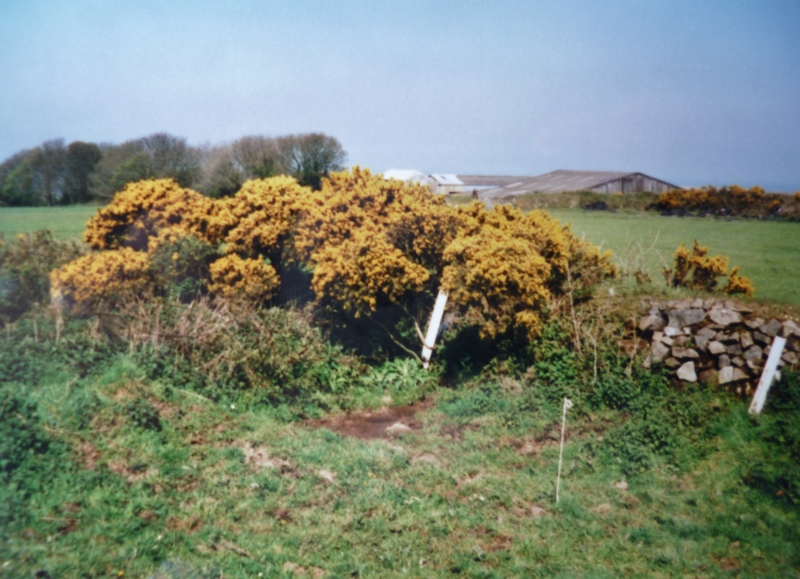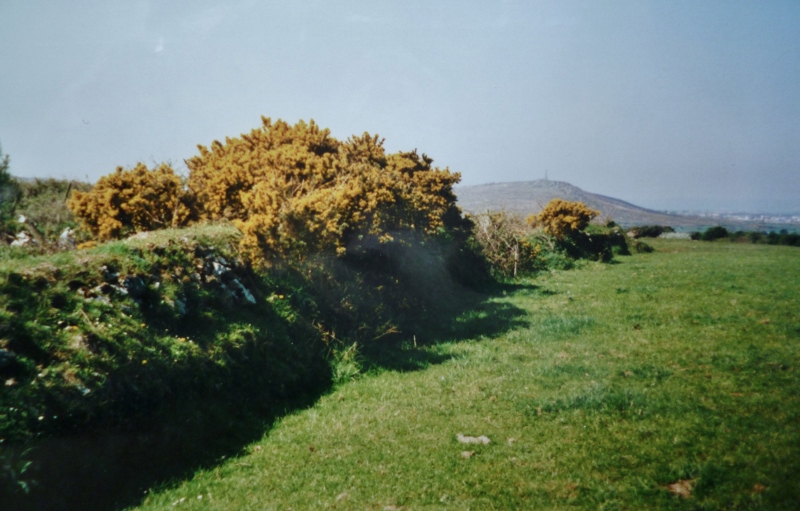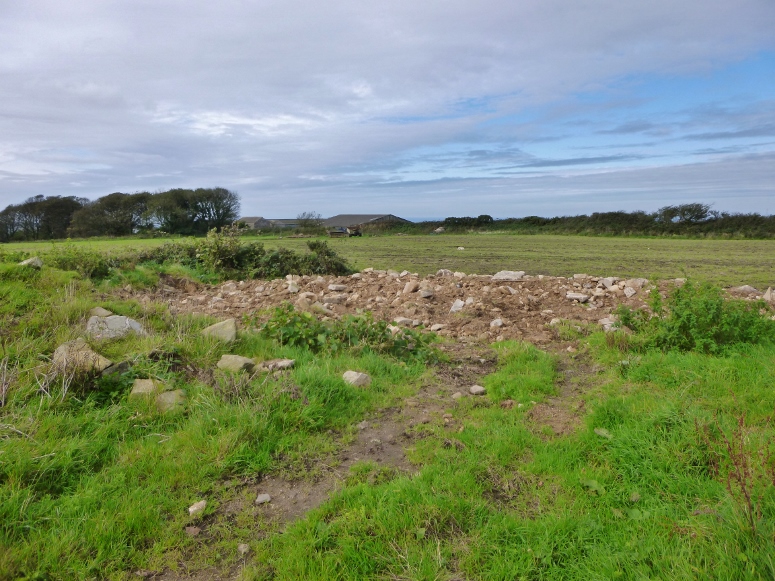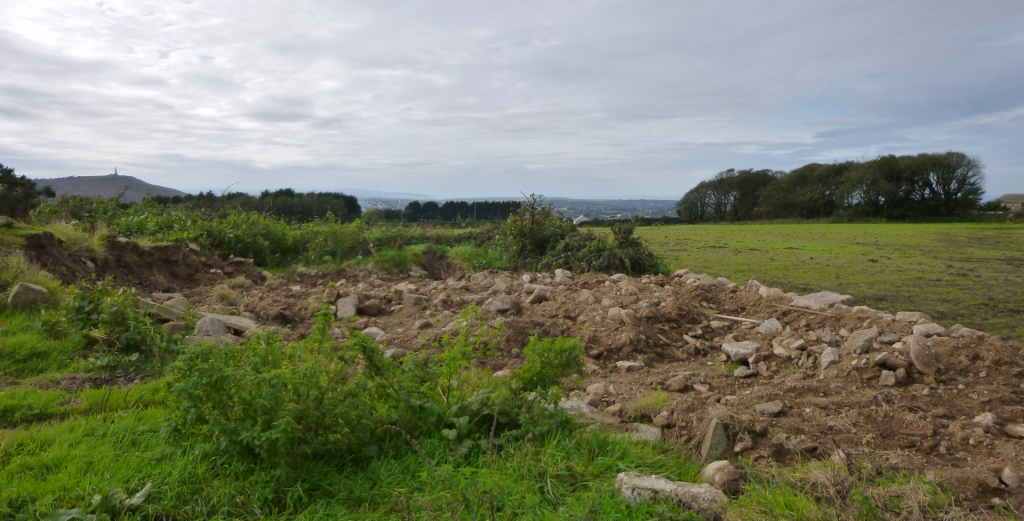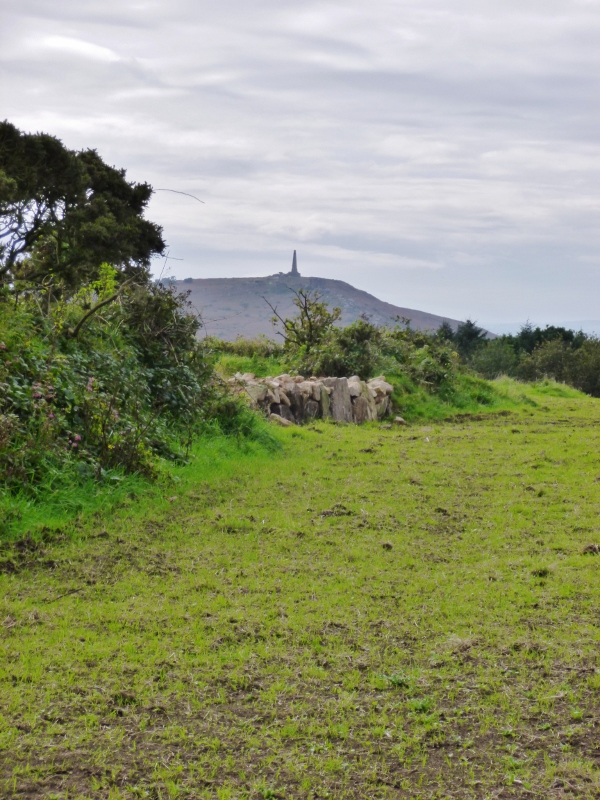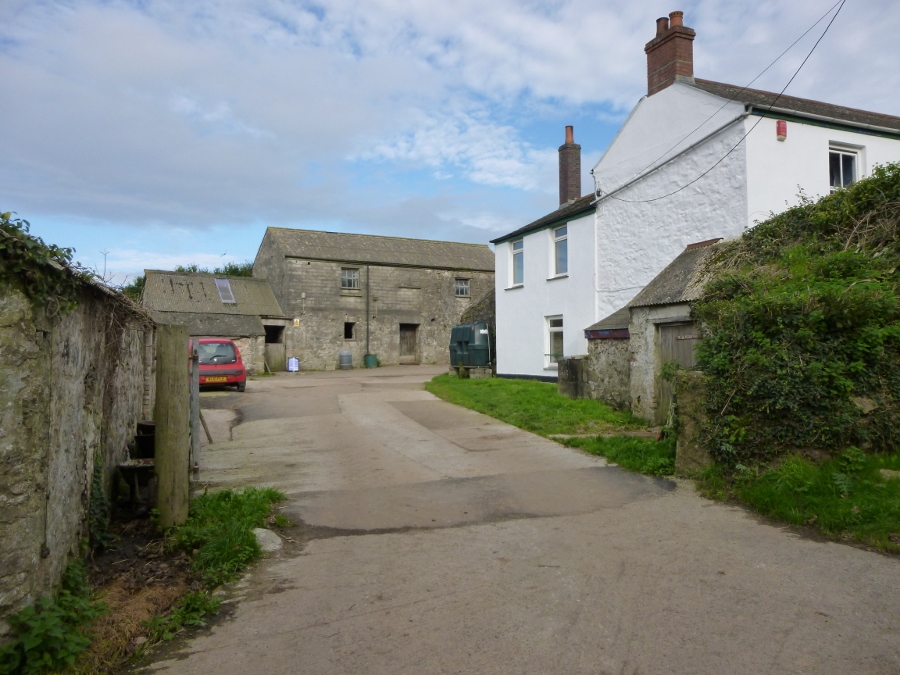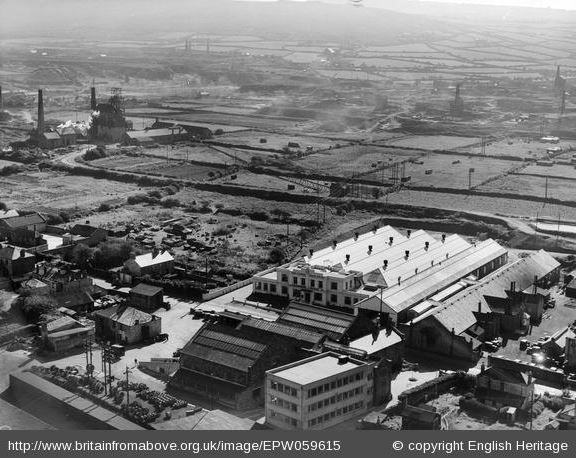Redruth is a town in the West of Cornwall and the one time mining capital of Britain. It lies on the route of the old London to Lands End trunk road, now the A30. Camborne and Redruth together form the largest urban area in Cornwall.
| Name | Occupation | Posted from | Until |
|---|---|---|---|
| Sergeant Eric Pearce | Mechanical draftsman |
06 Jun 1940 | 03 Dec 1944 |
| Corporal John Frank Horler | Engineer clerk |
27 May 1940 | 03 Dec 1944 |
| Private Clifford Gordon Emmett | Engineer |
21 Jan 1942 | 03 Dec 1944 |
| Private Sidney Percy Raymond Forder | Foreman in charge of tool room |
11 Aug 1942 | 03 Dec 1944 |
| Private Jack Green | Engineer clerk |
21 Jan 1941 | 16 Apr 1943 |
| Private Richard Neville Hosking | Farmer |
23 Jan 1943 | 03 Dec 1944 |
| Private Richard Frederick Edwin Hosking | Farm worker |
25 Aug 1942 | 03 Dec 1944 |
| Private Douglas Felix Roskrow | Jig and tool designer |
Unknown | Unknown |
| Private Harry Lane Walker | Engineering fitter |
07 Jun 1940 | 05 Dec 1942 |
| Private Stanley James Whittaker | Engineer |
28 Feb 1941 | 25 Oct 1944 |
The OB was built in 1940 by the Patrol on Grambler Farm, and consisted of a Nissen hut structure measuring 18 foot by 12 foot, built 10 foot underground. It had two sections, with an entrance in one field and an emergency exit in an adjoining field. It was equipped with bunks and cooking equipment.
The OB was destroyed by fire some time after the war had ended. Local children had discovered the OB and set fire to some Molotov Cocktails they had found stored inside. Luckily nobody was injured by the blaze and the local Fire Brigade and the Bomb Disposal Squad from Plymouth were both called to the scene.
In 2000 all that remained was an indentation in the ground indicating the outline of the OB.
Today that too has been filled in and the field boundary wall reinstated.
Redruth Patrol
Assumed targets in the area would have been the Redruth railway viaduct and the main A30 trunk road.
Stanley Whittaker remembered training with “the Commandos” at a bungalow in Carlyon Bay Road, St Austell.
The Cornwall Scout Section were based at Porthean House in Porthpean near St Austell.
When interviewed in 2000 Stanley Whittaker remembered dynamite and plastic explosives that were stored in the OB and that they were issued with .38 Smith & Wesson revolvers, Bren guns, Thompson sub-machine guns, commando knives and knuckle dusters.
Ray Forder, the son of Sidney Forder, remembers a time when a cache of weapons suddenly appeared at the house and were stored casually in the spare bedroom. He remembers a a Sten gun, a 0.22 Snipers rifle with telescopic sight, a 0.45 Colt revolver, a black steel commando knife and copious quantities of ammunition. He often used the snipers rifle over the back wall of the house trying to hit rabbits. Ray and his friend from across the road often “played” with explosives, fuses and bullets in the front yard, often scolded for their antics by his Mother. The weapons had disappeared by the time the family moved to St Just in May 1944.
Apart from the Hosking father and son all the Auxiliers worked at Climax Rock Drill and Engineering Works. In WW2 the factory was making components for Vickers and Bren guns.
Alwyn Harvey and his work on The Defence of Britain Database
TNA reference WO199/3391
Hancock data held at B.R.A
Joan Whittaker and memories recorded by Kate Langdon on BBC WW2 People's War.
Ray Forder and family.
English Heritage
